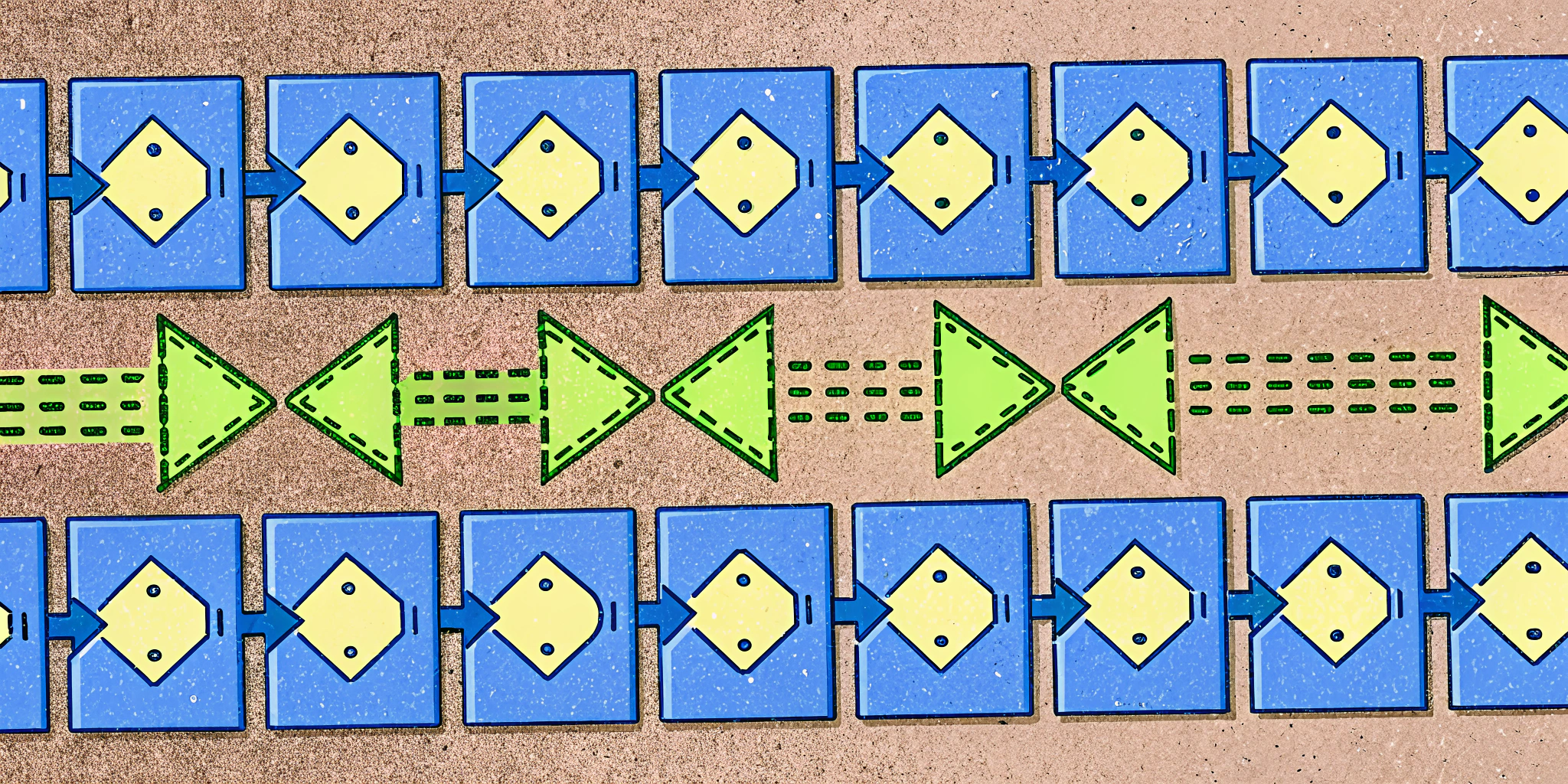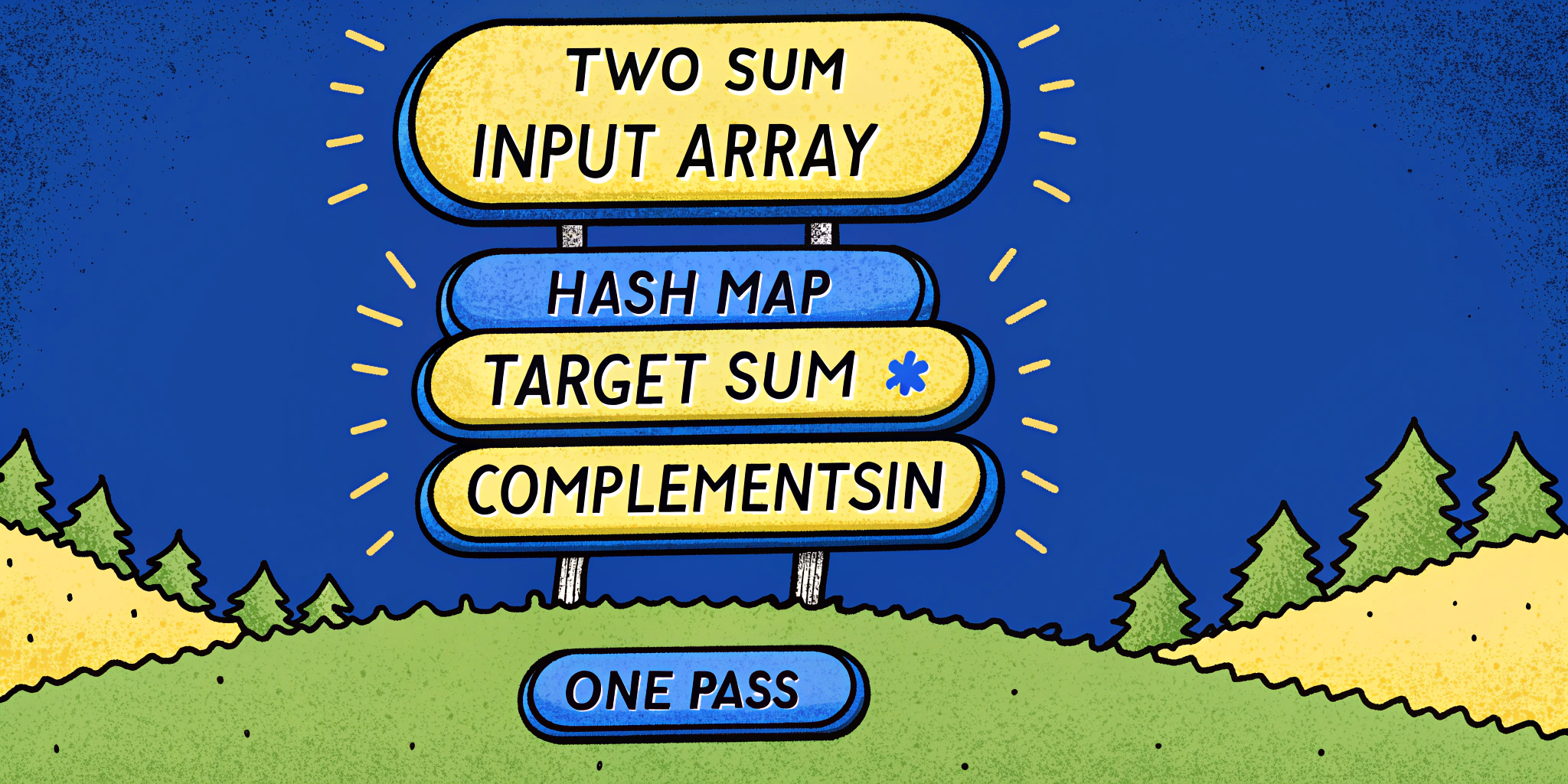Navigating Amazon’s technical interview process can be a daunting task, but with preparation, focus, and strategy, anyone can improve their chances of success. In this blog, I’ll share insights and walk you through one of the most commonly asked coding interview questions at Amazon—Two Sum—while offering tips on interview preparation and cracking those intimidating behavioral rounds.
Whether you’re approaching the Amazon SDE-1, SDE-2, or even a software engineer internship opportunity, this comprehensive guide will help you understand what to expect, how to optimize your solutions, and how Amazon’s leadership principles tie into the interview process.
1. What to Expect in an Amazon Coding Interview
Amazon interviews are tough but structured. You typically encounter four distinct technical rounds:
- Coding problems: Commonly found on platforms like LeetCode or CodeSignal.
- Object-oriented design: Designing clean and maintainable systems.
- System design: Scalable and distributed system architecture.
- Data structures and algorithms: Core to solving large-scale problems efficiently.
Behavioral questions tied to Amazon’s leadership principles like “Ownership” and “Customer Obsession” are also crucial, driving home the cultural values Amazon stands for.
2. The Two Sum Problem – Brute Force to Optimal
One of the most commonly asked questions in Amazon coding interviews is Two Sum. It tests problem-solving skills, knowledge of data structures, and the ability to optimize solutions under time constraints.
Problem:
Given an array of integers nums and an integer target, return indices of two numbers such that they add up to target.
Step 1: Brute Force Solution
Approach: Iterate over each pair of elements in the array and check if their sum equals the target.
Code Implementation:
def two_sum(nums, target):
# Nested loops to iterate over all pairs
for i in range(len(nums)):
for j in range(i+1, len(nums)):
if nums[i] + nums[j] == target:
return [i, j]
# If no solution, return -1
return [-1]| Time Complexity | Space Complexity |
|---|---|
O(n^2) because of nested loops |
O(1) as no extra space is used |
Example Walkthrough:
For input nums = [2, 7, 11, 15] and target = 9, iteration stops at 2+7=9 and returns [0, 1].
Downsides of Brute Force:
- Slow for large datasets.
- Not efficient memory-wise.
Step 2: Two-Pointer Method
Optimized Idea: Sort the array and use two pointers to find the target sum.
While logically better than brute force, this approach only works if returned values don’t require their original indices.
Code Implementation:
def two_sum_sorted(nums, target):
nums.sort()
left, right = 0, len(nums) - 1
while left < right:
current_sum = nums[left] + nums[right]
if current_sum == target:
return [nums[left], nums[right]]
elif current_sum < target:
left += 1
else:
right -= 1
return [-1]| Time Complexity | Space Complexity |
|---|---|
O(n log n) due to sorting |
O(1) if in-place sorting is used |
Downsides of Two-Pointer:
- Requires sorting, which adds overhead.
- Does not preserve original indices.
Step 3: Hash Map Solution (Optimal)
Key Insight:
We can use a hash map (or dictionary) to keep track of all previously seen elements while iterating. The idea is to check if the complement (target - num) exists in the map.
Code Implementation:
def two_sum(nums, target):
visited = {}
for i, num in enumerate(nums):
complement = target - num
if complement in visited:
return [visited[complement], i]
visited[num] = i
return [-1]| Time Complexity | Space Complexity |
|---|---|
O(n) — One pass through the array |
O(n) — Space used by the hash map |
Example Walkthrough:
For nums = [2, 7, 11, 15], we find that 7 (complement of 2 with target=9) is already stored in the hash map.
3. Dealing with Behavioral Questions: Amazon Leadership Principles
Amazon’s famous Leadership Principles often underpin its behavioral interviews. Questions may range from “Tell me about a time you showed Ownership” to “How do you handle conflicting priorities?”
| Principle | Sample Question |
|---|---|
| Ownership | “Tell me about a time you owned a project end-to-end despite challenges.” |
| Customer Obsession | “Describe how you’ve prioritized customer needs in past projects.” |
| Bias for Action | “Give an example of a time when moving quickly led to a success or failure.” |
| Deliver Results | “How do you ensure consistent delivery under tight deadlines?” |
Tip: STAR Method
Situation, Task, Action, Result: Structure your responses clearly to showcase thought process and impacts.
4. How to Prepare for an Amazon Coding Interview in 10 Days
Plan:
Days 1–4: Focus on Easy-Medium LeetCode problems tagged with “Amazon” (String Manipulation, Arrays, Binary Search).
Days 5–7: Deep dive into System Design Concepts (see System Design Primer).
Days 8–9: Mock interviews—use tools like Ninjafy AI for real-time feedback.
Day 10: Revise Amazon Leadership Principles for behavioral rounds.
| Prep Component | Example Focus Areas |
|---|---|
| Data Structures/Algorithms | Two Sum, Sliding Windows, Dynamic Programming |
| System Design | How to scale distributed systems |
| Behavioral | STAR responses mapped to Leadership Principles |
5. Leveraging Tools Like Ninjafy AI for Mock Interviews
During my prep, I leveraged Ninjafy AI—a real-time AI-powered interview assistant. It provided:
- Instant feedback on my responses.
- Mock interviews tailored to Amazon’s style.
- Behavioral scenario training guided by Leadership Principles.
One outstanding feature was InvisibleEyetrack™ for maintaining confident eye contact during virtual sessions—a game-changer for people nervous with online interviews!
6. Tips to Excel in Amazon Interviews
- Communicate Clearly:
- Talk through solutions—even pauses should be used to share thought processes.
- Optimize Gradually:
- Start simple, but always attempt refinement.
- Practice Leadership Principles:
- Tie past experiences to Amazon values.
7. Concluding Thoughts
Amazon’s interviews, while challenging, are an excellent test of both technical and soft skills. Two Sum, for instance, highlights iterative improvement from brute force to optimal hashing approaches—just as the interview process rewards iterative learning.
If you’re gearing up for Amazon (SDE-1, SDE-2, or internships), preparation on platforms like LeetCode, paired with tools such as Ninjafy AI, sets a solid foundation for success. Remember, coding is only half the story—embrace and embody Amazon’s Leadership Principles to wholly stand out. 🚀




